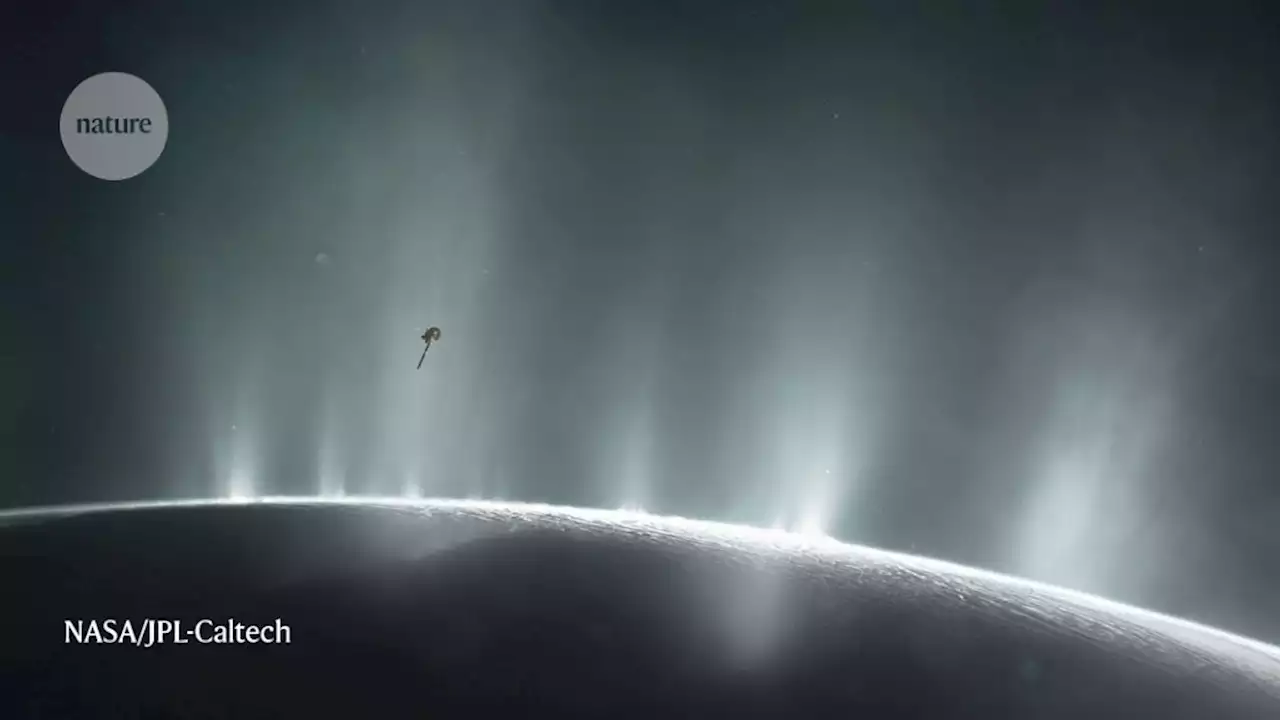The James Webb Space Telescope has spotted Saturn’s moon Enceladus spraying out a huge plume of water vapour, far bigger than any previously seen there.
has spotted Saturn’s moon Enceladus spraying out a huge plume of water vapour, far bigger than any previously seen there. This enormous cloud might contain the chemical ingredients of life, escaping from beneath the moon’s icy surface.discovered icy particles squirting from Enceladus’s subsurface ocean through cracks in the moon’s surface. But JWST shows that material is spraying much farther than previously thought — many times deeper into space than the size of Enceladus itself.
“It’s immense,” said Sara Faggi, a planetary astronomer at NASA’s Goddard Space Flight Center in Greenbelt, Maryland, on 17 May at a conference at the Space Telescope Science Institute in Baltimore, Maryland. She declined to provide further details, citing a scientific paper that will be published soon.Enceladus excites astrobiologists because it is one of the few ‘ocean worlds’ in the Solar System, making it one of the best places to look for extraterrestrial life.
The material that squirts out of Enceladus, primarily through fractures known as tiger stripes around the moon’s south pole, is a direct link to that potential extraterrestrial ecosystem. The plumes seen by Cassini contained silica particles that were probably carried up from the sea floor by churning fluids. Cassini flew many times through Enceladus’s plumes, measuring ice grains and life-friendly chemicals such as methane, carbon dioxide and ammonia.
But it took JWST, a telescope located 1.5 million kilometres from Earth, to discover something that Cassini could not see from its ringside seat. Whereas Cassini could spot ice grains that do not travel far from the surface, JWST has a wider perspective and sensitive instruments that can capture faint gas signals around Enceladus.On 9 November 2022, JWST peeked briefly at Enceladus. Just 4.5 minutes’ worth of data revealed the enormous, very cold plume of water vapour.
United States Latest News, United States Headlines
Similar News:You can also read news stories similar to this one that we have collected from other news sources.
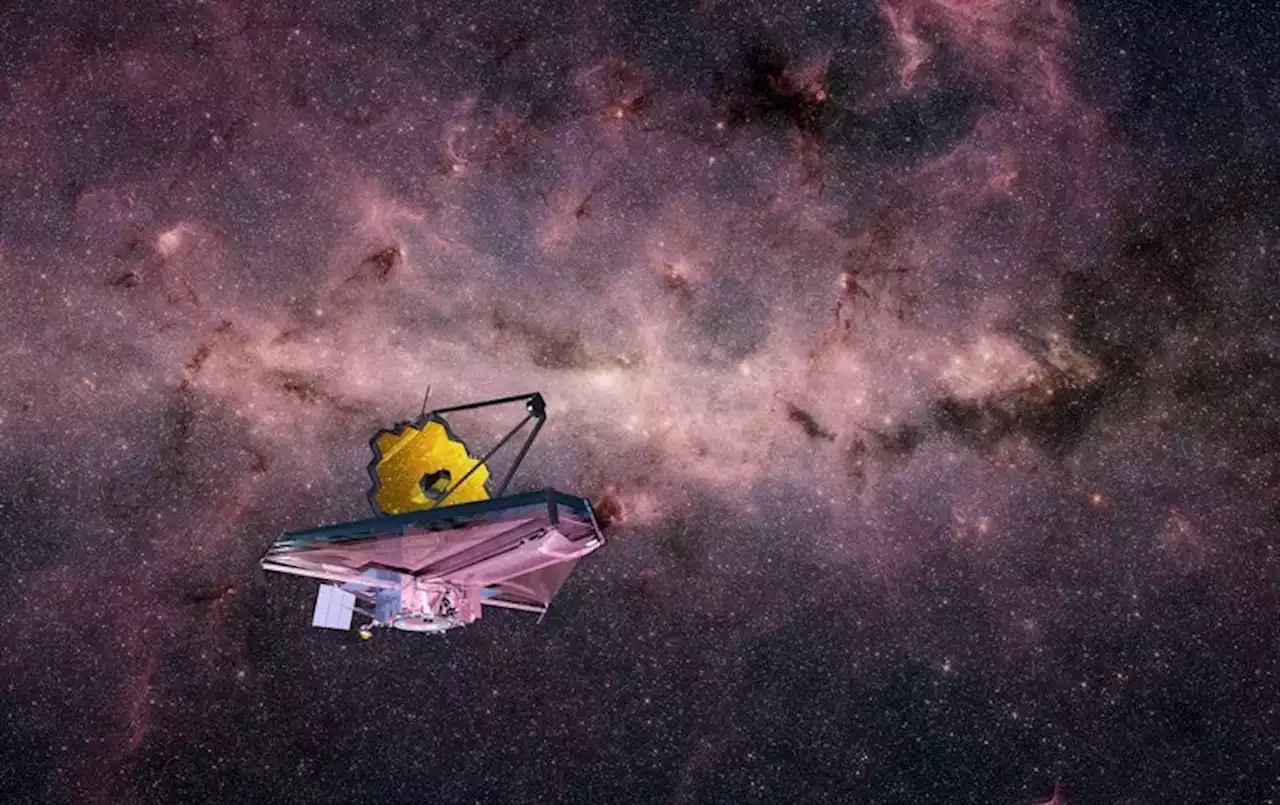 JWST Will Hunt for Dead Solar Systems—and Much More—in Its Second Year of ScienceWhite dwarfs, Earth-sized exoplanets, early galaxies and even Saturn’s moon Enceladus are on the agenda for JWST’s second year in space, but exomoons and others miss out
JWST Will Hunt for Dead Solar Systems—and Much More—in Its Second Year of ScienceWhite dwarfs, Earth-sized exoplanets, early galaxies and even Saturn’s moon Enceladus are on the agenda for JWST’s second year in space, but exomoons and others miss out
Read more »
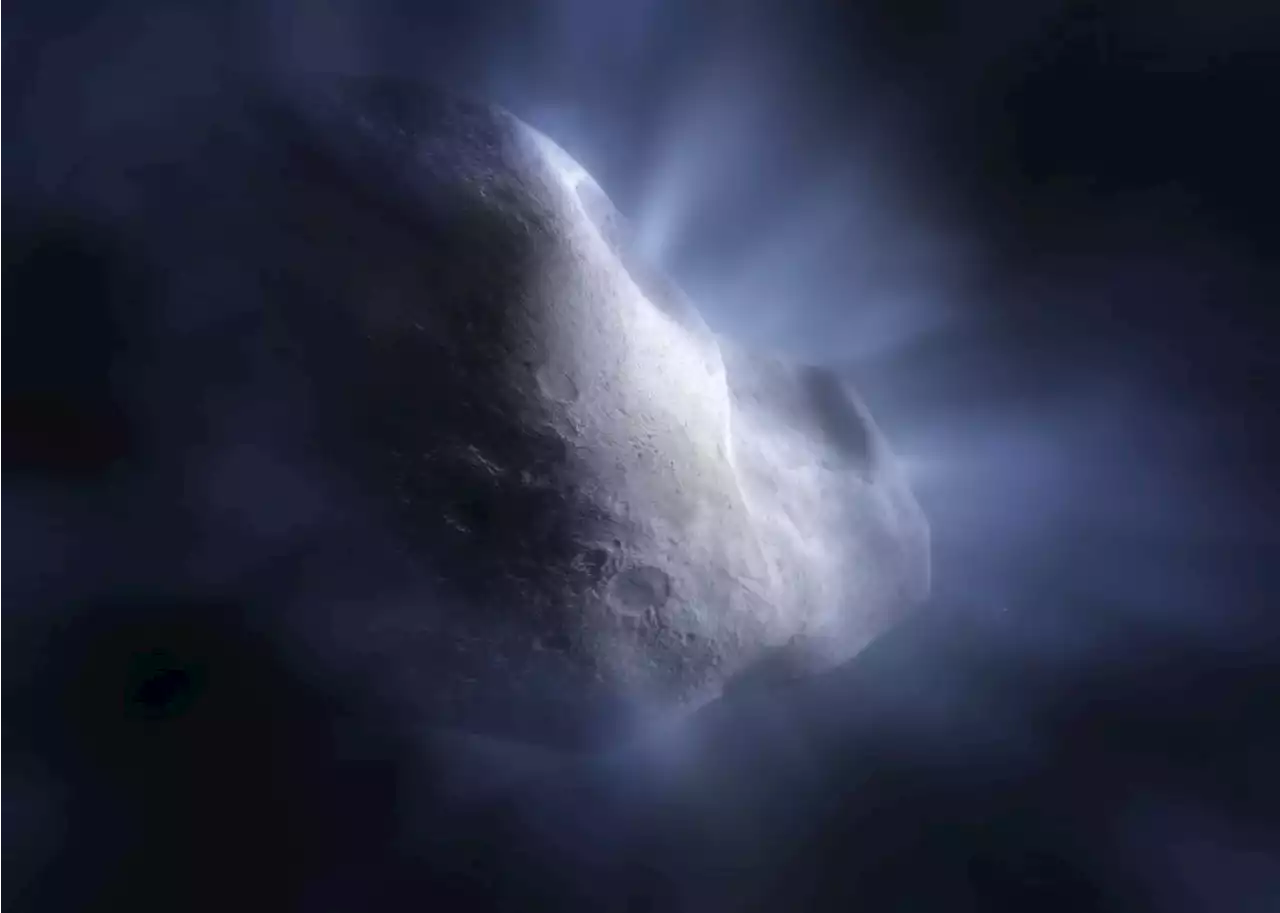 JWST Finds a Comet Still Holding Onto Water in the Main Asteroid BeltThe JWST found water in a comet in the asteroid belt. It's also missing carbon dioxide; scientists wonder how many more there are like it.
JWST Finds a Comet Still Holding Onto Water in the Main Asteroid BeltThe JWST found water in a comet in the asteroid belt. It's also missing carbon dioxide; scientists wonder how many more there are like it.
Read more »
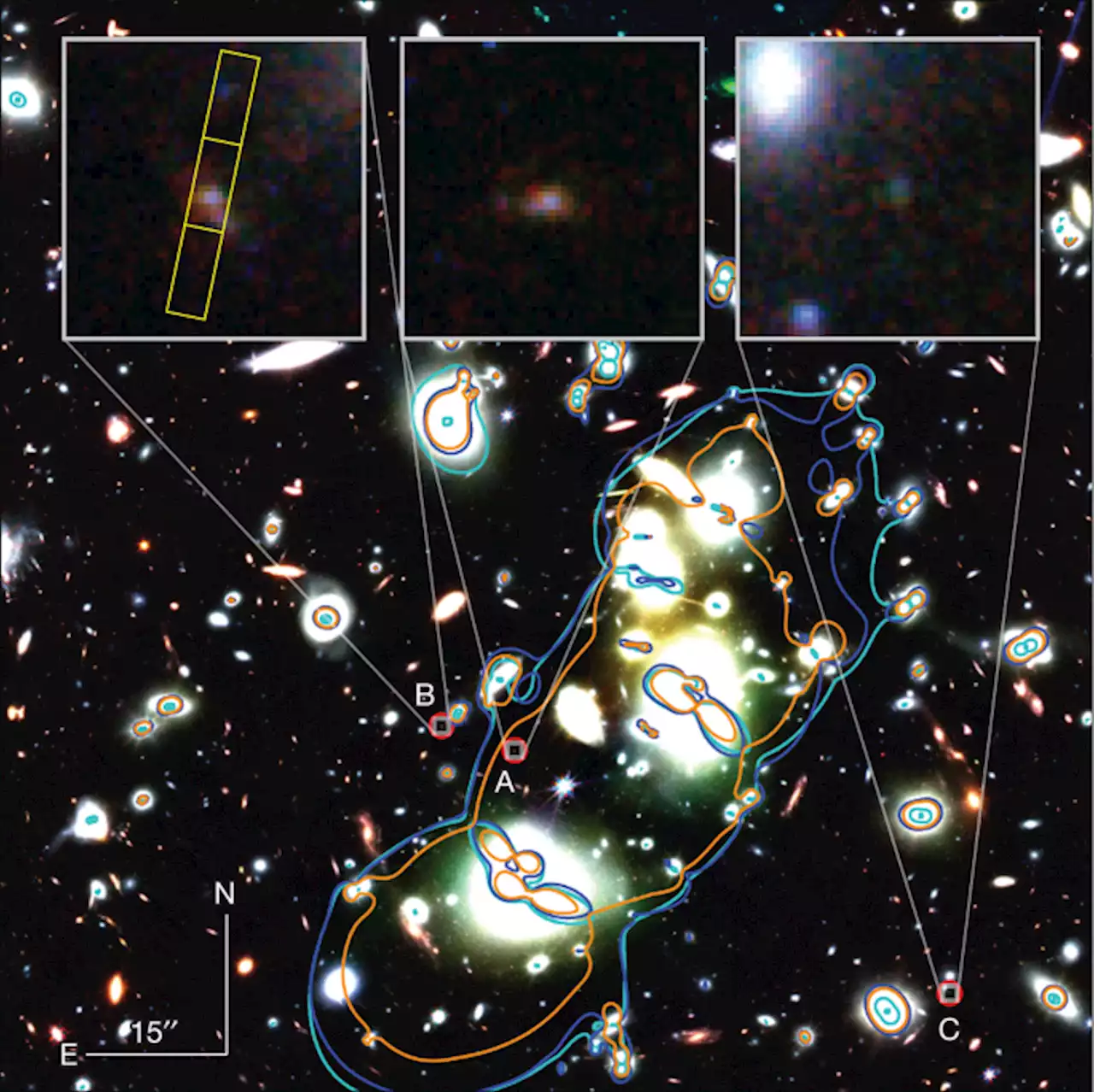 The nature of an ultra-faint galaxy in the cosmic dark ages seen with JWST - NatureThe JWST, with the aid of gravitational lensing, confirms the extreme distance of an ultra-faint galaxy at a redshift of 9.79, showing it to have a luminosity typical of the sources responsible for cosmic reionization and highly compact and complex morphology.
The nature of an ultra-faint galaxy in the cosmic dark ages seen with JWST - NatureThe JWST, with the aid of gravitational lensing, confirms the extreme distance of an ultra-faint galaxy at a redshift of 9.79, showing it to have a luminosity typical of the sources responsible for cosmic reionization and highly compact and complex morphology.
Read more »
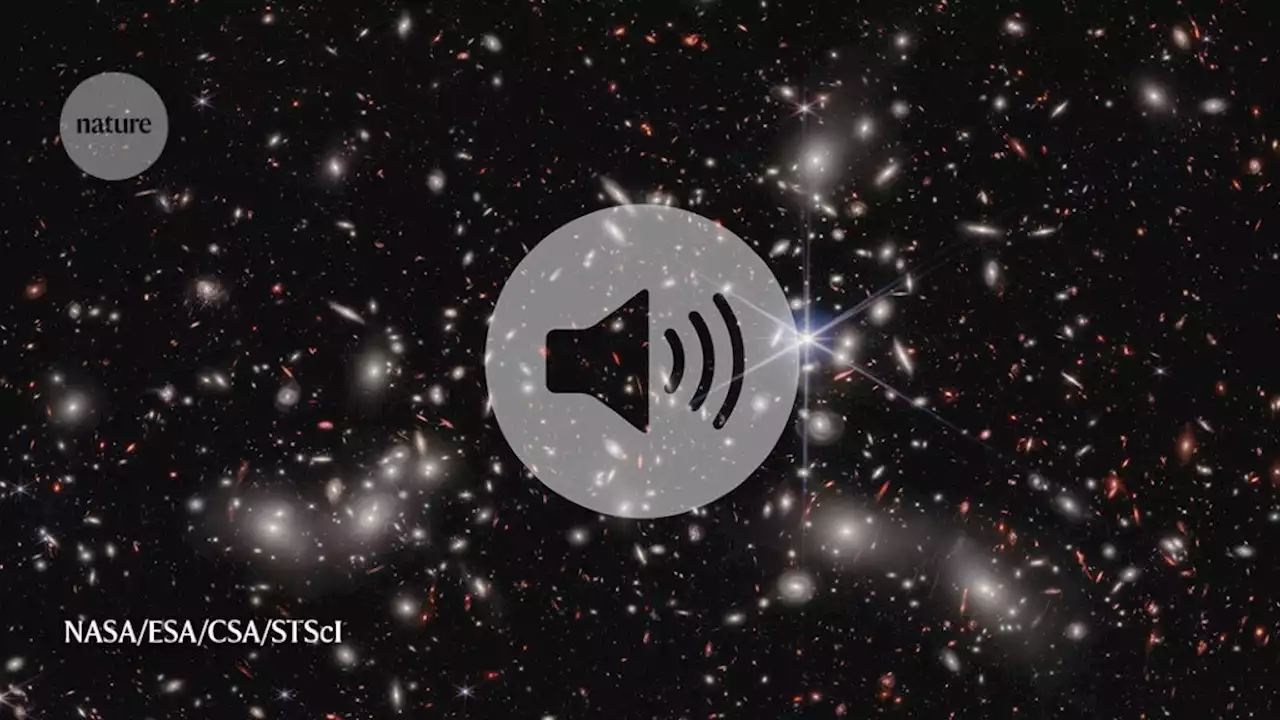 JWST shows an ancient galaxy in stunning spectroscopic detailThis week on the Nature Podcast: New insights into the structure of an early galaxy
JWST shows an ancient galaxy in stunning spectroscopic detailThis week on the Nature Podcast: New insights into the structure of an early galaxy
Read more »
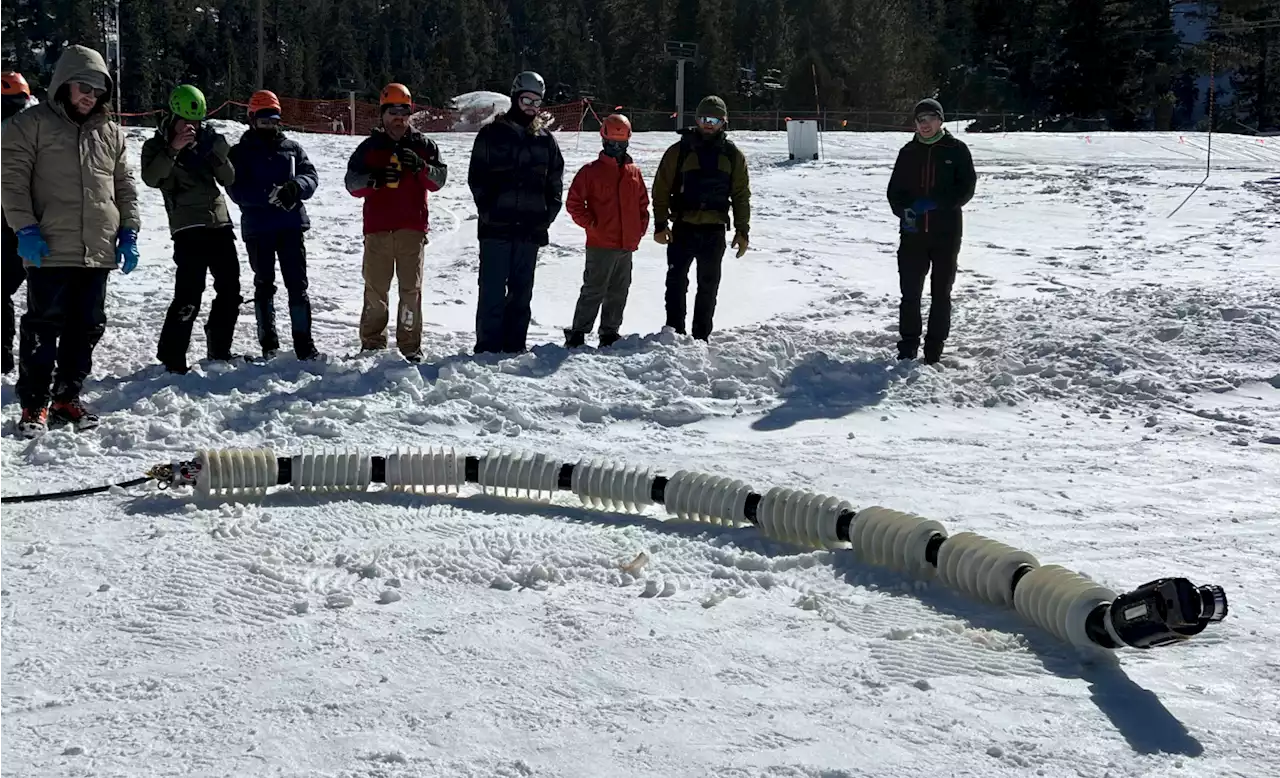 NASA tests robot snakes to send to other planetsThese snake-shaped robots, called EELS, could one day explore the subsurface ocean of Saturn's moon Enceladus in search of life.
NASA tests robot snakes to send to other planetsThese snake-shaped robots, called EELS, could one day explore the subsurface ocean of Saturn's moon Enceladus in search of life.
Read more »
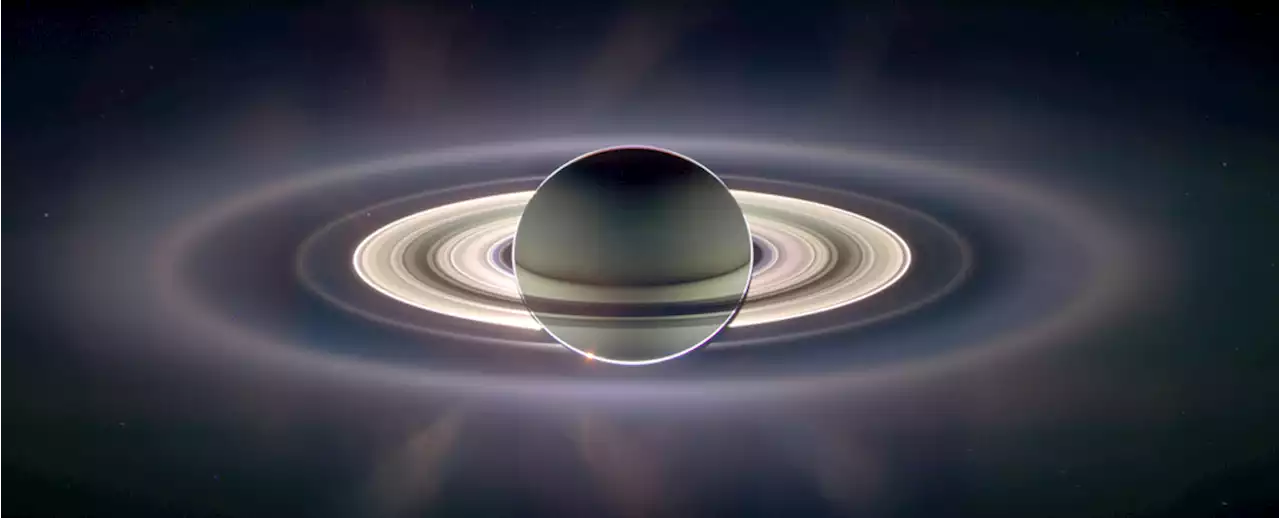 New Study Reveals Just How Lucky We Are to Witness Saturn's Incredible RingsSaturn's rings are one of the jewels of the Solar System, but it seems that their time is short and their existence fleeting.
New Study Reveals Just How Lucky We Are to Witness Saturn's Incredible RingsSaturn's rings are one of the jewels of the Solar System, but it seems that their time is short and their existence fleeting.
Read more »
